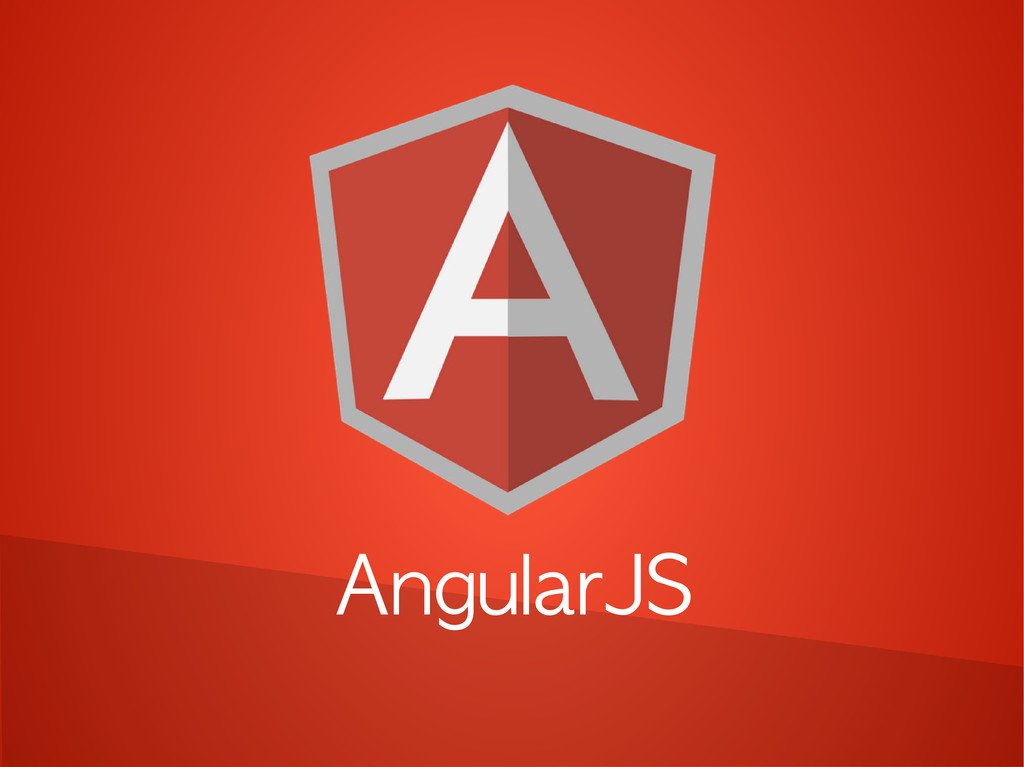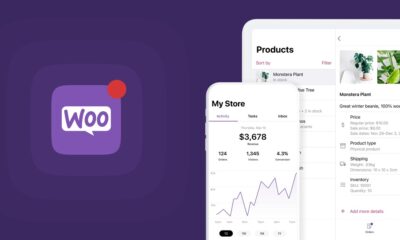Technology
What Are The Best Practices For Angular JS17 Development?


Currently, at version 17, AngularJS has become an indispensable part of front-end development. With its wide range of features, scalability, and flexibility, this framework is the optimal choice for the creation of interactive web apps. AngularJS 17 can be used more effectively if only you follow the best practices that guarantee the high quality, maintainability, and performance of the code. This detailed article covers AngularJS 17 development best practices which will enlighten you on how to create top-notch web apps.
Understanding AngularJS 17
Before starting with the best practices, ensure you have a clear understanding of the core features of AngularJS 17. Easy-to-use tools for creating SPAs and dynamic web interfaces can be built with AngularJS, the JavaScript framework developed by Google. Applications can be constructed based on the components having logic, views, and styles within a component-based architecture. Features like dependency injection, two-way data binding, directives, and a strong templating engine make up AngularJS 17.
1. Be familiar with Angular Command Line Interface (CLI)
To work with AngularJS, one has to be well familiar with the Angular Command Line Interface (CLI). It simplifies development by having a set of rules for making modules, components, services, etc. The Angular command line interface shortens the time for build optimization, dependency management, and project scaffolding through the provision for the developers. Angular CLI will build your projects consistently and reliably because it enforces best practices like code linting, unit testing, and production-ready builds.
2. Using Modules in Design
The modular architecture is critical to the AngularJS development. The development of software applications into small, reusable modules provides more code organization, maintainability, and scalability. Each module should have similar functionality that can be routing, authentication, or any specific feature. Separation of responsibility specifies that every section should mainly concentrate on one task at a time, hence this should be strictly followed.
3. Developing Reusable Components
Building user interfaces with reusable components on the component-based architecture of AngularJS is allowed. Make sure that your elements are encapsulated, composable, and reusable to the extent possible. Develop distinctive HTML components that aggregate logic and style using the directives of AngularJS. Input and output properties can be one of the key elements for simplifying communication between parent and child components. Through component flexibility and reusability arrangement, you will improve the development process efficiency and component maintainability.
4. Take advantage of TypeScript
Code written in TypeScript, a superset of JavaScript, is required to build AngularJS. By utilizing its sophisticated language features, static typing, and user interfaces, TypeScript enhances code quality and developer productivity. By utilizing TypeScript, developers can take advantage of robust tooling such as integrated development environments (IDEs) and code editors, enhance code navigation, and detect errors at an early stage. Some of TypeScript’s strongest suits include code documentation, refactoring, and developing large-scale applications.
5. Use RxJS
RxJS (Reactive Extensions for JavaScript) is a reactive programming library that is used by AngularJS to handle data streams and async operations. Apply RxJS’s observables, operators, and subjects to deal with asynchronous tasks including user input, HTTP requests, and event handling. On purpose, with reactive programming, developers can express cleaner, terser code that is asynchronous and event-driven. Asynchronous operations such as events, user input, and HTTP requests are the most common in Angularjs applications. Reactive programming eliminates the need for handling asynchronous operations by classifying them as data streams.
With RxJS developers can represent quite complex async-logic declaratively using operators like map, filter, mergeMap, etc. Due to this, the code is shorter and easier to read and modify. Developers can effortlessly overcome data stream errors with RxJS’s superb error-handling features.
6. State Management
State management is a significant element of complex AngularJS applications. As far as the application state is concerned, AngularJS has its methods (e.g. services and observables), but state management libraries like NgRx can raise it to a higher level. It relies on a reliable state container and is equipped with powerful features for state management, side effects, and async operations.
7. Optimize Performance
Performance optimization is an essential part of fast and interactive AngularJS apps. Users will have a better experience when an application is fast and responsive. Users expect applications to work quickly and effectively on the device they are using and in response to the network conditions. Search engines give preference to websites, which load fast, so AngularJS apps become more visible.
Through loading components on-demand, lazy loading can decrease the application’s start time. Lazy loading is great, especially in large apps with many routes and modules. Use code-splitting techniques to package the application into separate chunks. As needed, these components can be subsequently loaded asynchronously. Through code splitting the bundle size is reduced and the loading performance is enhanced.
8. Control & Verification
Comprehensive testing is essential for AngularJS applications to ensure their scalability, maintainability, and dependability. Because it enables the early discovery and identification of problems and bugs, testing is beneficial for AngularJS applications. Developers can prevent bugs from becoming big problems by finding and fixing them promptly. Software engineers can guarantee the quality and absence of errors in their code by utilizing tests.
Writing tests ensures that application behavior remains consistent across different environments and scenarios. Code refactoring and changes necessitate testing as a precaution. To avoid regressions and maintain current functionality during code refactoring or feature addition, tests are crucial.
Conclusion
Developing sophisticated web apps is a breeze with AngularJS 17, thanks to its robust features and large ecosystem. Developers should adhere to best practices such as component-based development, modular architecture, and reactive programming to streamline development, enhance code quality, and deliver excellent user experiences.
Reliable and secure AngularJS apps are the result of optimization of performance, consideration of security, and the use of testing and quality assurance methodologies. As the AngularJS framework is continuously being updated, staying up-to-date with the latest features, best practices, and community guidelines is essential for becoming an expert in the field and creating state-of-the-art web apps.





 Technology2 months ago
Technology2 months agoWhy Adding Videos to WooCommerce Product Galleries is Essential in 2025



 General2 months ago
General2 months agoWhat Is Smart Construction? A Beginner’s Guide



 Technology1 month ago
Technology1 month agoHow to Send WooCommerce SMS Notifications for Orders



 Technology1 month ago
Technology1 month ago7 Essential TikTok Metrics to Track for Higher TikTok Views in 2025

 Model3 weeks ago
Model3 weeks agoTiffany Stratton: Biography, Wiki, Age, WWE Career, Net Worth, Before Fame, Boyfriend





 Technology4 weeks ago
Technology4 weeks agoTop 5 Tips for Using File Uploads in Your WooCommerce Store Efficiently

 Technology3 weeks ago
Technology3 weeks agoWhy Airlines Are Using Virtual Reality Services for Pilot Training



 General4 weeks ago
General4 weeks agoThe Hidden Costs of a DUI & How a Lawyer Can Help You Avoid Them




You must be logged in to post a comment Login